At the international scientific conference "Cultural industry with sustainable tourism development in Vietnam in the context of international integration" organized by the Vietnam Tourism Training Association - under the Vietnam Tourism Association and the Cultural and Tourism Talent Incubator Project, Vice President of the Vietnam Tourism Association Nguyen Hong Hai said that in the context of deep international integration, cultural industry has become one of the creative economic sectors with high growth rate, playing an important role in promoting the image of the country and people of Vietnam, while enhancing national competitiveness.
Tourism – especially cultural tourism – is increasingly affirmed as a key economic sector, contributing to promoting local economic development, creating jobs and preserving national identity.
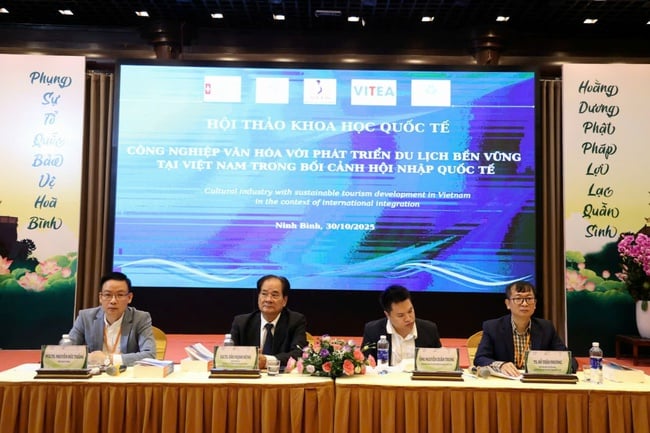
International scientific conference "Cultural industry with sustainable tourism development in Vietnam in the context of international integration".
Mr. Nguyen Hong Hai believes that the combination of cultural industry and sustainable tourism is an inevitable step to form a new value chain, contributing to the development of knowledge economy, green growth and preservation of Vietnam's cultural heritage. This is also a major orientation affirmed by our Party and State in many important resolutions and strategies such as: Resolution No. 33-NQ/TW on building and developing Vietnamese culture and people; Strategy for developing cultural industries to 2030; Strategy for developing Vietnam's tourism to 2030.
According to Mr. Nguyen Hong Hai, with those correct policies and guidelines, many cultural tourism, heritage tourism, and creative tourism products have been formed and associated with famous local brands such as: Hue Festival, Buon Ma Thuot Coffee Festival, Northwest Culture - Tourism Week, Central Highlands Gong Cultural Space... contributing to spreading Vietnamese cultural values to international friends.
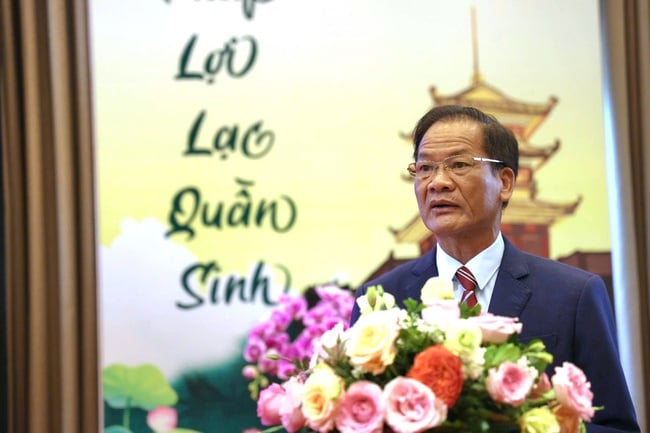
Vice President of Vietnam Tourism Association Nguyen Hong Hai
However, Mr. Nguyen Hong Hai said that in order for the cultural industry to truly become the driving force of sustainable tourism, we still have to face many challenges such as: Lack of connection between industries; limitations in investment in creative technology and high-quality human resources; and ineffective exploitation of cultural heritage associated with commercialization of culturally profound tourism products.
To promote the mutual relationship between cultural industry and sustainable tourism, Vice President of Vietnam Tourism Association Nguyen Hong Hai suggested focusing on a number of key tasks such as: Building a cultural industry ecosystem linked to the tourism value chain of each locality, based on cultural identity, creativity and application of digital technology. Developing unique cultural tourism, effectively exploiting Vietnam's tangible and intangible heritages, combining art, cinema, cuisine, fashion, and music.
In addition, promote digital transformation in tourism and culture promotion, create a platform for interaction between tourists - artists - businesses. Strengthen international cooperation, learn from the experiences of countries with developed cultural industries such as Korea, Japan, UK, France... and at the same time promote the image of Vietnam to the world through unique cultural products.
At the same time, focus on training creative human resources, supporting startups in the field of culture and tourism, especially the young generation - the pioneering force for innovation.

Associate Professor, Dr. Pham Trung Luong
According to Associate Professor Dr. Pham Trung Luong, in recent times, the development of cultural tourism in Vietnam has not been commensurate with its position, and has not attracted relevant parties, especially cultural industry sub-sectors such as performing arts, handicrafts, and fashion, to participate in promoting the development of cultural tourism commensurate with its potential and advantages, and to make more positive contributions to the development of tourism and cultural industry.
There are many approaches to exploiting cultural potential and advantages, however one of the effective approaches is to develop the "value chain" of cultural tourism as a sub-sector of the cultural industry.
Because according to Associate Professor Dr. Pham Trung Luong, developing a "cultural tourism value chain" not only demonstrates the ability to "economicize" potential and cultural advantages (turning "resources into assets") but is also a place to "connect" tourism and culture to not only bring benefits to general development but also make positive contributions to the development of cultural industry sub-sectors, especially creating more job opportunities and increasing income for participants, both directly and indirectly.
As one of the localities with the most concentrated tangible and intangible cultural heritage in the North, Dr. Bui Van Manh - Director of Ninh Binh Department of Tourism said that Ninh Binh province has an area of nearly 4,000km2; a population of more than 4.4 million people and more than 5,000 historical and cultural relics. It can be said that Ninh Binh is currently the locality with the most concentrated tangible and intangible cultural heritage resources in the North, second only to the capital Hanoi. Understanding where the cultural industry and its development will start and what to do is always a big problem for each locality.
According to Mr. Bui Van Manh, with such resources, Ninh Binh province has recently implemented many methods to develop cultural tourism, thereby promoting the development of the cultural industry. To effectively exploit the local cultural heritage resources in a sustainable manner, Ninh Binh aims to choose the most valuable issues to do first. Ninh Binh is also building a policy to support the organization of large-scale cultural and musical events, souvenirs, etc.
"Whether cultural tourism can develop or not depends on the locality, from which there will be a resonance to develop the cultural industry of the whole country," said Mr. Bui Van Manh.
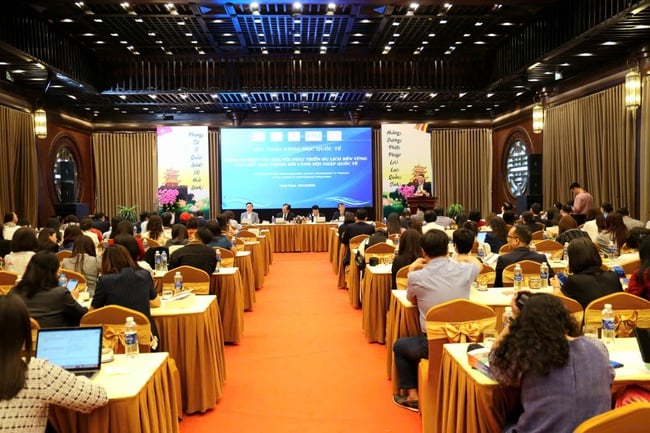
Conference scene.
Contributing solutions for the development of cultural industries in Vietnam, Professor Kim Si Bum - Academy of Cultural Industries, Gyeongkuk National University (Korea) said that the combination of culture and tourism is very important but there is still a difference between a cultural city and a tourist city.
According to Professor Kim Si Bum, culture represents the identity of local people. The purpose of tourism is to attract tourists from other places to experience cultural values that they cannot experience in their own place. Therefore, with sustainable tourism development, it is impossible to destroy or erode local cultural values just to serve the purpose of tourism development. The core issue is how to combine cultural development and tourism without affecting local cultural values.
Prof. Dr. Huong Dung - Director of the Institute of Cultural Industry Research, Peking University - Chairman of the UNESCO Rural Creative and Sustainable Development Program said that Vietnam and China have many solid cultural foundations, which will certainly promote the development of the tourism market.
Prof. Dr. Huong Dung suggested three visions for Vietnam to refer to. These are the short-term vision: Organizing indigenous cultural resources, building a data warehouse and exploiting small local stories; the medium-term vision: building a mechanism for developing regenerative products; the long-term vision: building a whole-chain ecosystem of the cultural industry, promoting integration in the regional cultural circle.
Source: https://bvhttdl.gov.vn/de-cong-nghiep-van-hoa-thuc-su-tro-thanh-dong-luc-cua-du-lich-ben-vung-202510311706008.htm



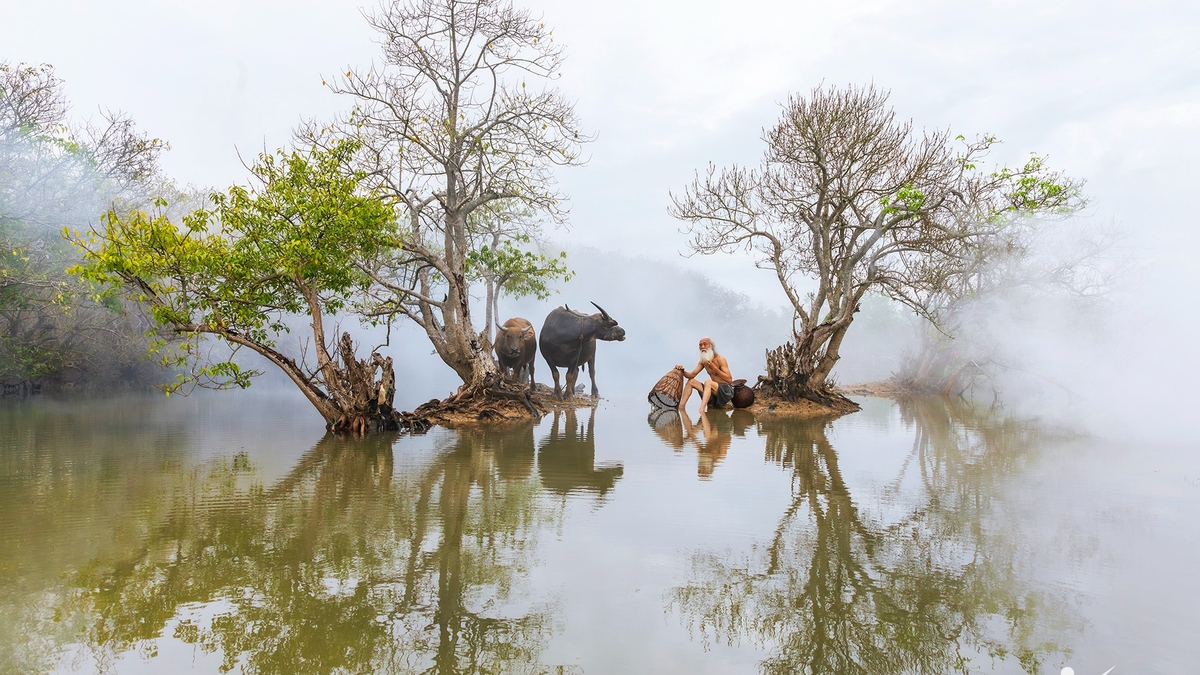
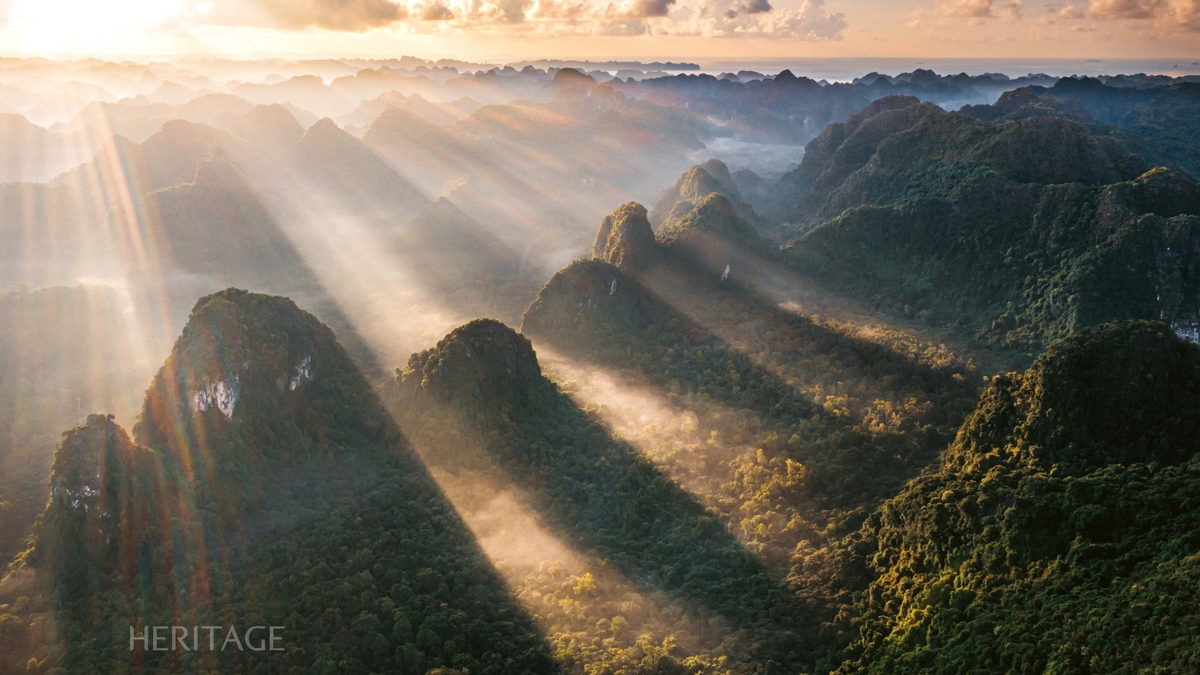
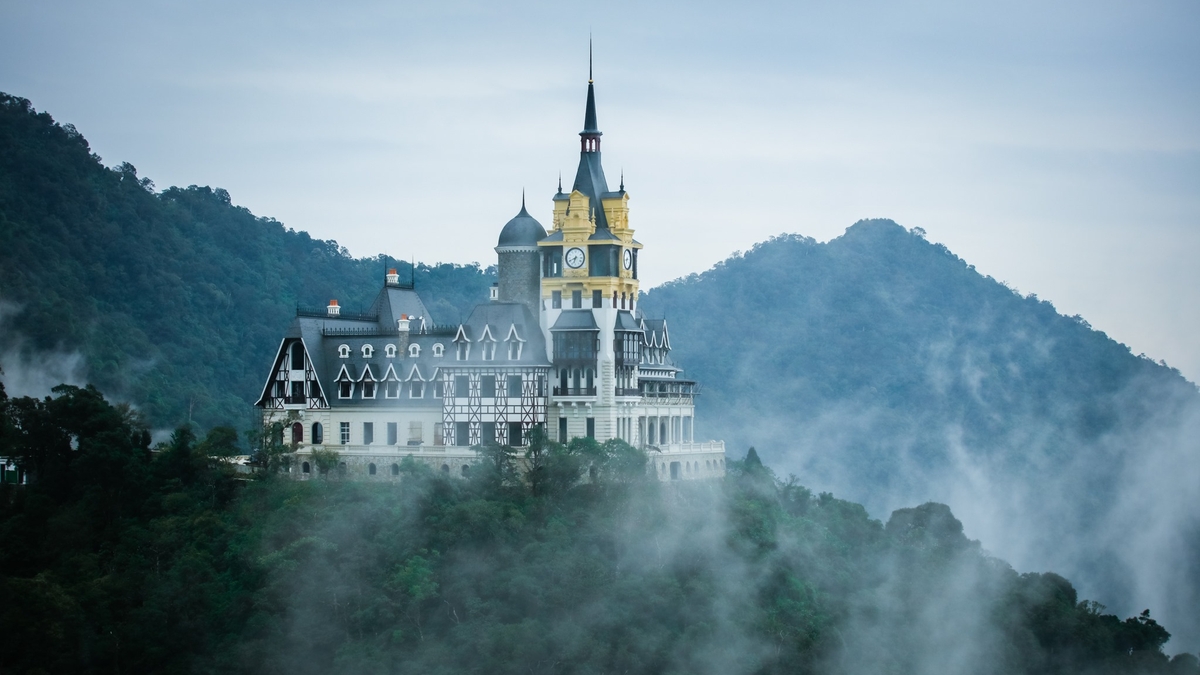
![[Photo] Da Nang: Water gradually recedes, local authorities take advantage of the cleanup](https://vphoto.vietnam.vn/thumb/1200x675/vietnam/resource/IMAGE/2025/10/31/1761897188943_ndo_tr_2-jpg.webp)
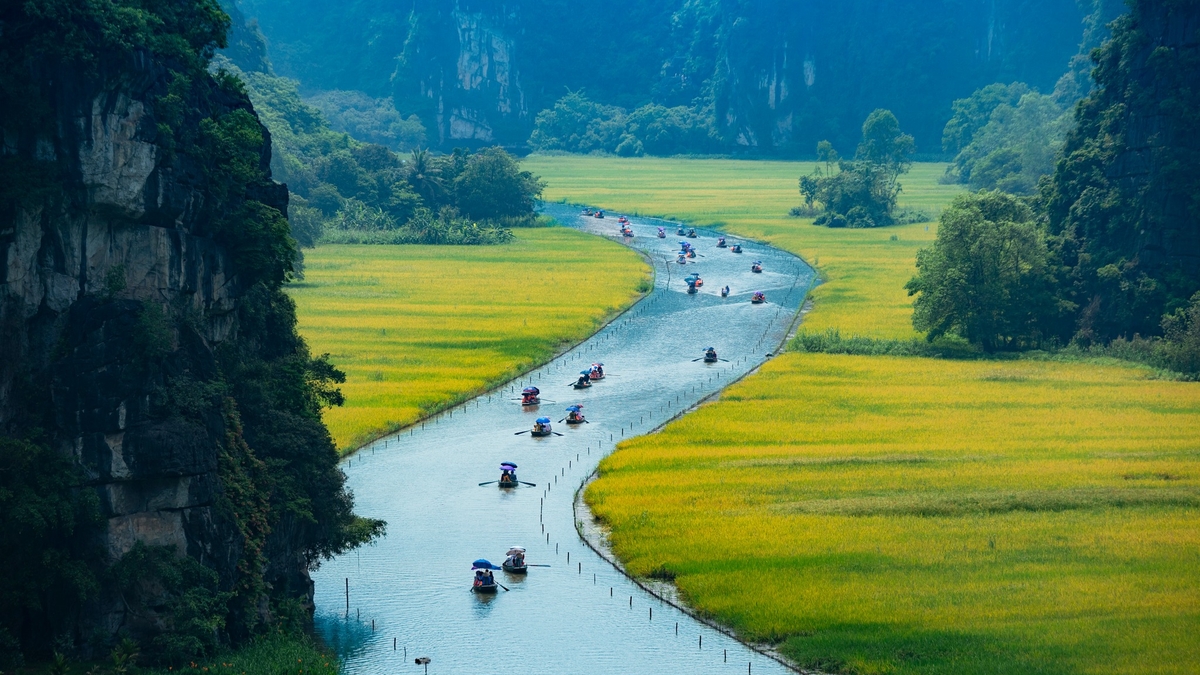



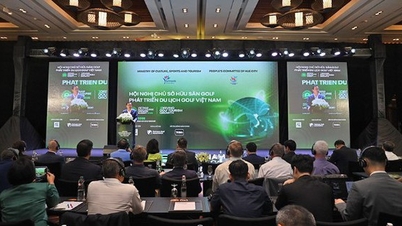
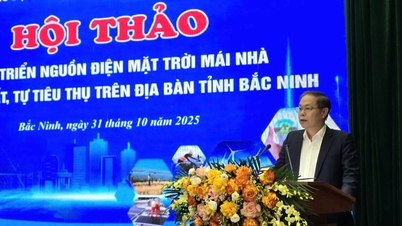

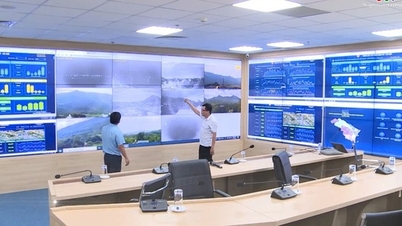
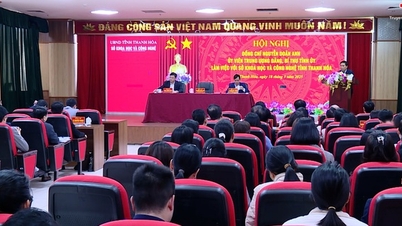




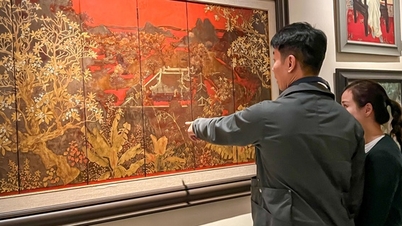
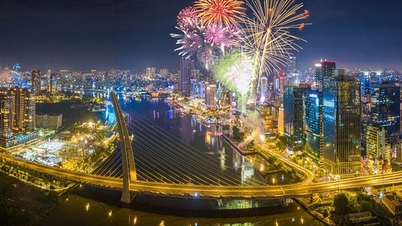

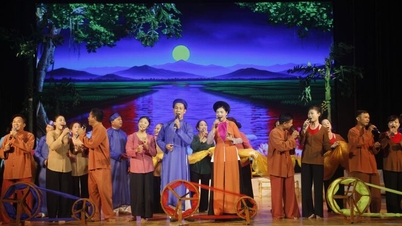
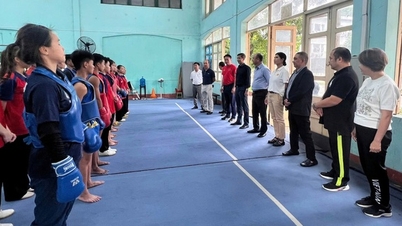



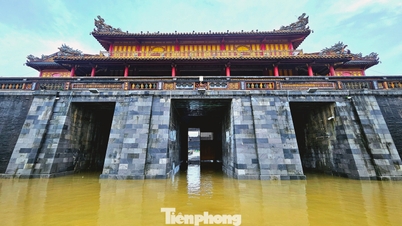







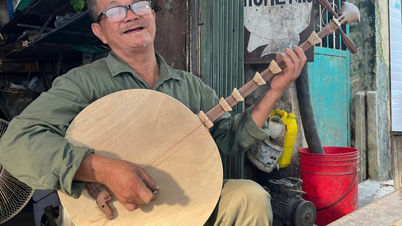





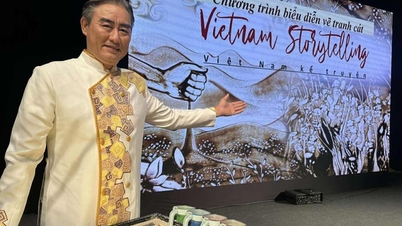








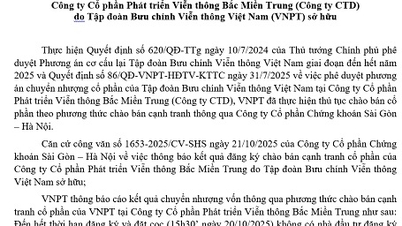
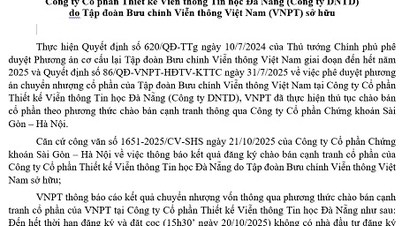
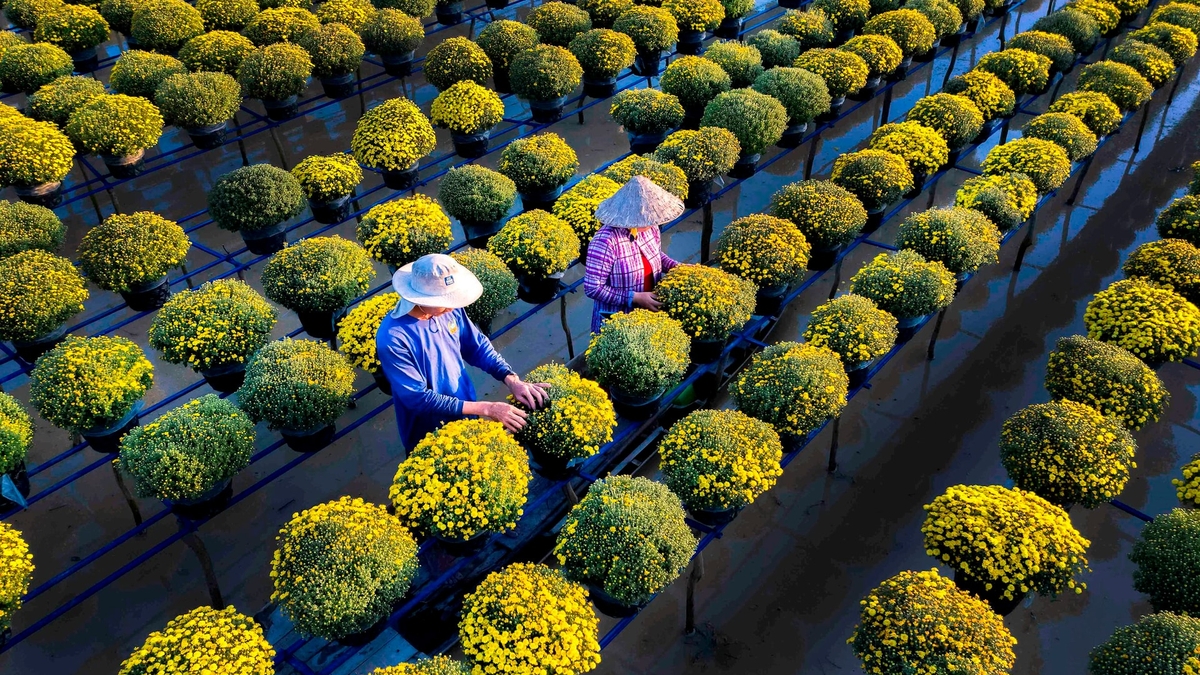




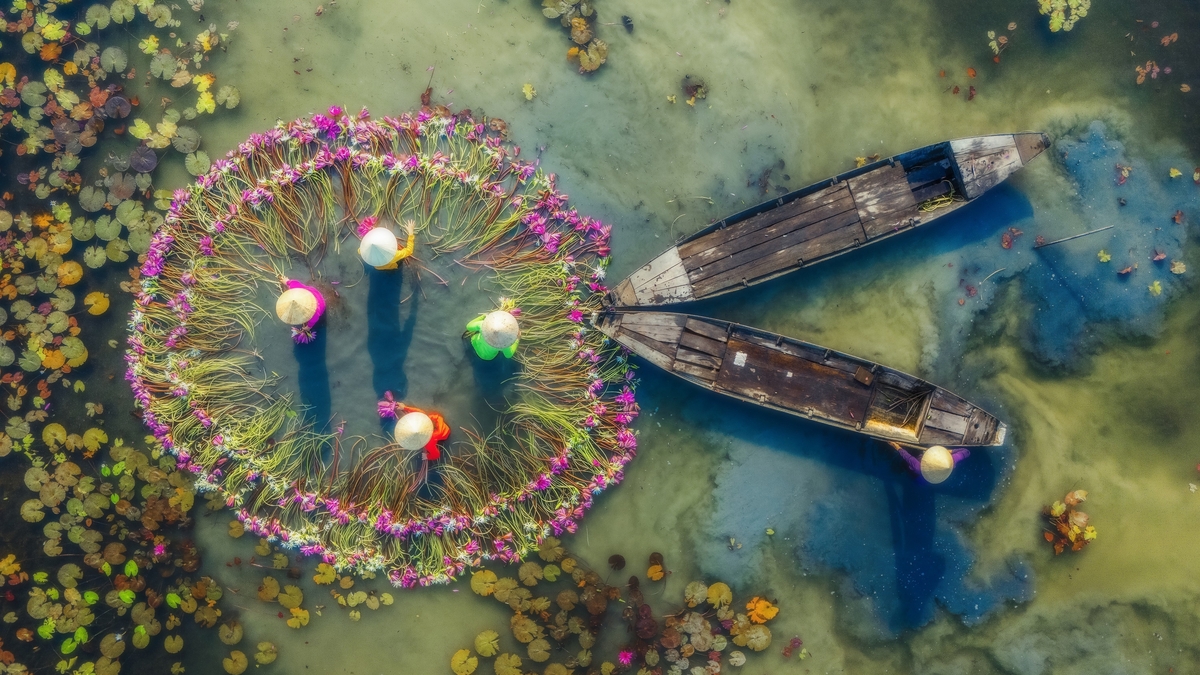







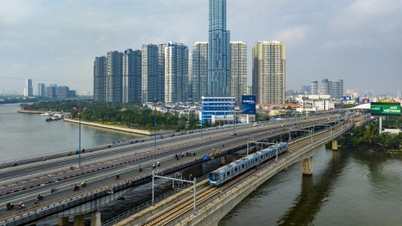



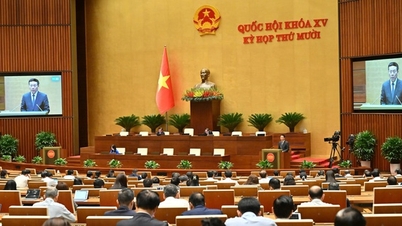








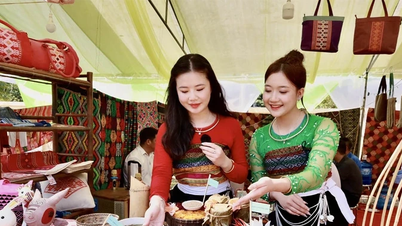

















Comment (0)